Art educator and writer Stephanie Cubbin shares strategies that could be used to boost the role of the Art Department within the school and the local community. Stephanie also reflects on the importance of showcasing students' and teachers' art in gallery spaces to raise awareness of the work in the Art Department.
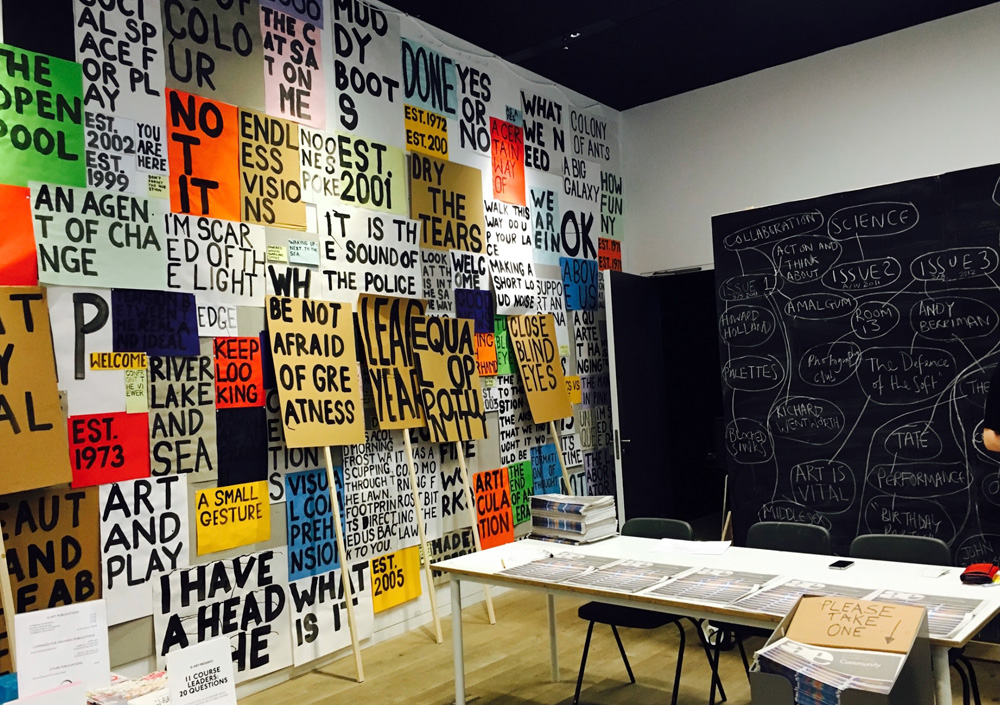
Being an SLE (Specialist Leader of Education) has given me the opportunity to visit many schools, with different student cohorts and different size departments. Some art departments feel supported by their senior leadership team (SLT) whilst others feel less so. But how do you raise the profile of the department, so that it is highly regarded by all the stakeholders, from the community, to parents, to the pupils themselves?
The art curriculum does not have to be results-centered
Excellent results are what we are aiming for; however, whilst exams are important, basing the curriculum around their assessment criteria feels that it’s all about exams and not enough else. I heard a headteacher say “focus on excellent teaching and learning, and the results will take care of themselves”. I like to use this thinking in art terms, ‘focus on being a good artist and the results will come’. This does not mean ignoring the assessment objectives - but we do not need to teach to them. Shifting the focus away from the A0s means that students see their art education as meaning more than the results of an examination. Developing their creativity and understanding how to work like an artist also means starting in KS3 and demanding the same attention to detail that you would in examination subjects, the same rigour and high expectations.
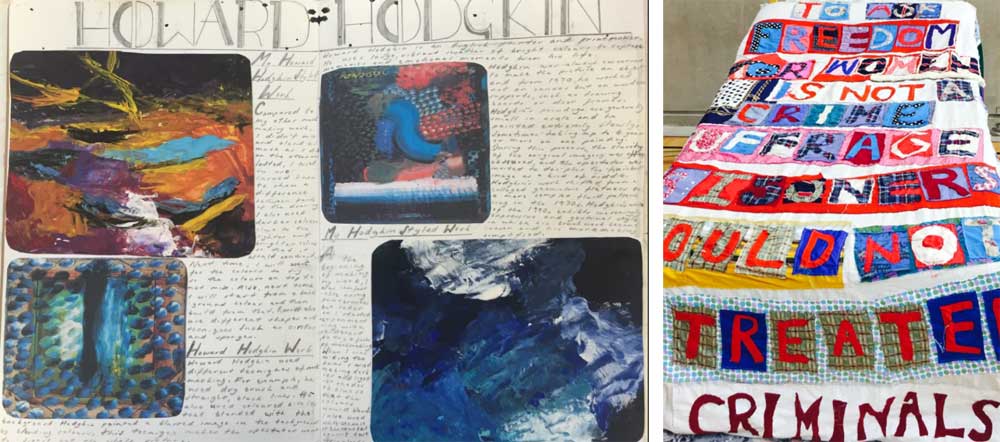
Work collaboratively and use the school vision and development plan as part of yours
Use the school development plan as a basis for your Department aims. keeping it simple, show how the art department can contribute to the vision of the school. Sometimes I hear that SLTs are insisting on approaches and systems that do not work for the art department. There are a few points I'd like to raise here…
There are very few things that cannot be adapted to work for the art department, an example is the minimum estimated grade.
Minimum Estimated Grades: yes, they come from KS2 data, often related to the core subjects. It is unlikely they have come from art assessments, but they are still relevant. We know that students who achieve highly in their core subjects have a few things in common:
-
They are likely to have support at home, which means that they are encouraged to achieve
-
They are likely to have some self-motivation
-
They are likely to be able to articulate themselves verbally and with the written word
All of these characteristics are going to benefit them in their art education and contribute to their grade. Use these as a guide to help find student potential.
Whole school policies like marking policies: yes, they do not always benefit the department, but these are not worth making a battle over, assessment can be tailored to meet the needs of the department and there are always ways to make it work. We all know that the best assessment and feedback is verbal and 1:1, so as long as we are doing this in lessons, we can manage the other systems. By supporting some of these initiatives, you can fight the most important battle, which is time with students. Keeping the students in the classroom is the most important outcome to achieve.
Know your allies and make new friends
Get to know the school community: the governors that have a real interest in the arts, or parents in the PTA. They will think of you when there are any fundraising opportunities or when they are having a Governors' meeting, it is good for them to know you. Some governing bodies have dedicated links in the team - there might even be an arts governor. Invite them to your art shows, exhibitions, events or awards, let them know when you are trying to fundraise, they might help you. They might have contacts with businesses that want to support arts in education, or provide links.
Build a space to share work - frames in corridors, gallery space, online blog
The art, textiles, sculpture is all over the walls, in frames, on canvas, all around the school site.
We have taken over every nook and cranny! The student work sits on the walls in meeting rooms, offices and the Headteacher's office too. The gallery is often packed full of work and canvases even sit in the teaching school rooms. We are a school where the arts are valued and we are proud of the work that our students achieve – we like showing it off.
In addition to this, we have an art blog. It is a public website, accessible by all the parents, carers and families of the students. The governors keep an eye and we share our students work here. When a student makes something that everyone is proud of, we upload it and send a link to the students to show their families. This is really helpful as a documentation of our work as a department but also is a celebratory showcase for students. Everyone gets to see this!
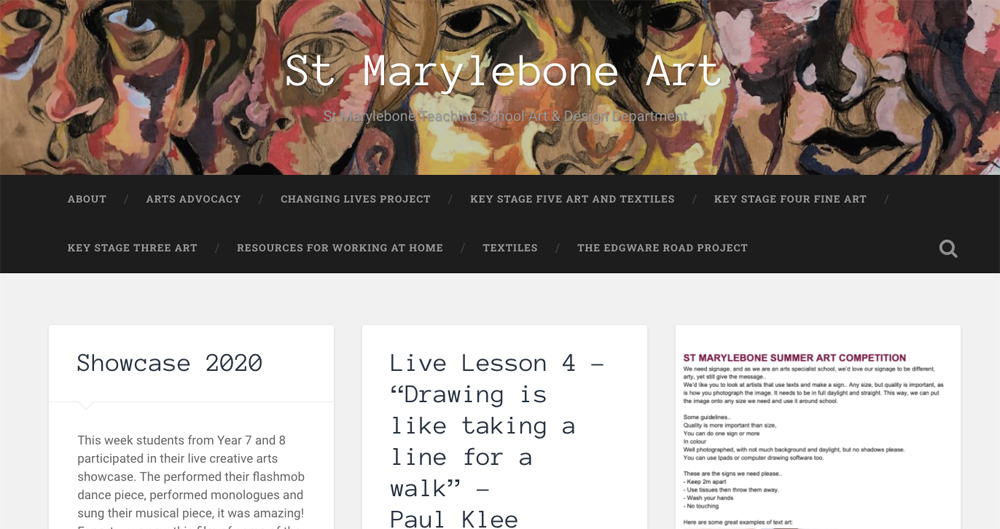
Enter competitions and get involved with gallery projects
I think that being involved with the local artistic community is really important, whether it is the local gallery or a community arts centre. Being London based, we know that we are spoilt for choice in terms of this. I definitely believe a project with the Serpentine Gallery was the catalyst for making my own gallery space and pushing forward my own artistic practice to the forefront.
We used to have a shop front style reception for our sixth form building, and after a four-year project with the Serpentine Gallery, we decided (as the gallery was being renovated) to use the school site for a Serpentine hosted exhibition of the work.
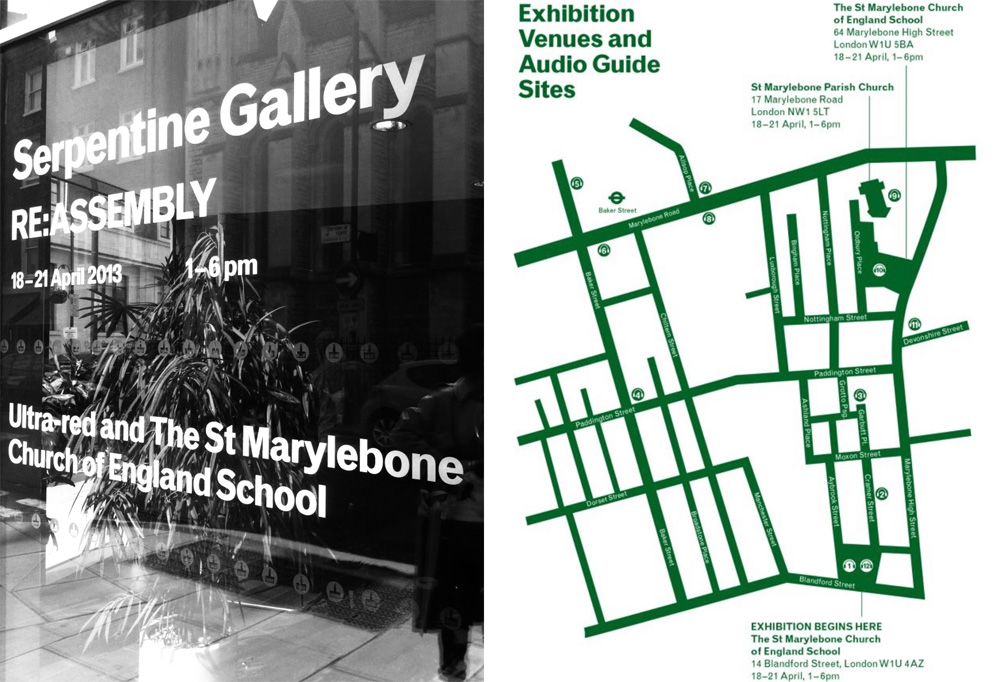
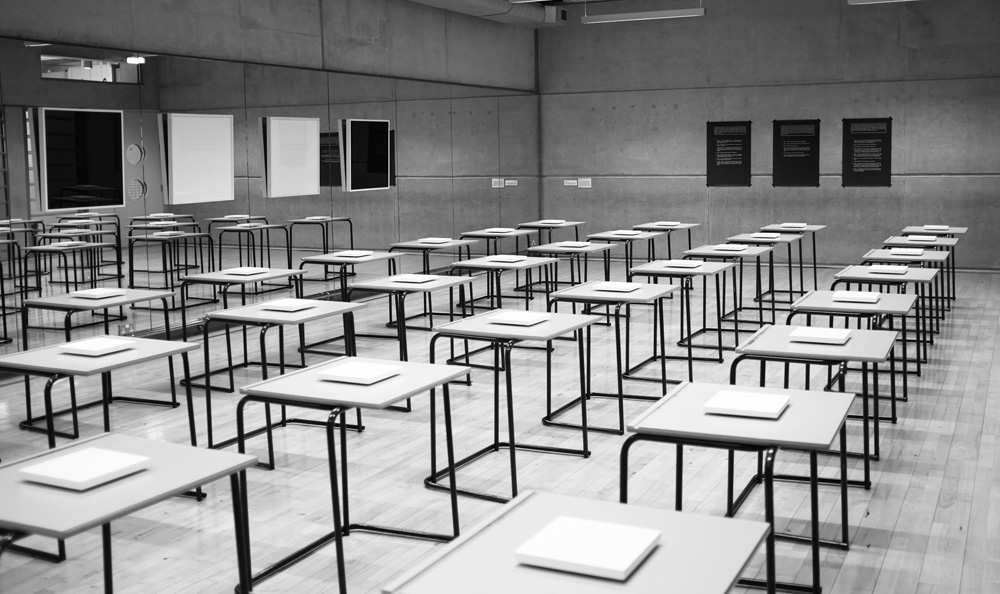
Whilst there was a lot of safeguarding issues to work out, letting the public into the school space, we benefitted from seeing the school site being given the gallery treatment. Turning the reception into an art space (albeit a small one) was fantastic for sharing work with the public. The Headteacher, the staff and students were all very excited about the press evening and the opening of the show. The students made the audio guide that accompanied the exhibition, which centred around the question, what does it sound like to be a young person schooling in this area? Students were exposed to the gallery staff that carefully unboxed and hung the exhibition, seeing their attention to detail and care. They saw first-hand, how many staff were involved in the exhibition and were introduced to more arts-based careers.
This experience led to several outcomes. Firstly, we raised funds to turn the reception into a permanent gallery space, we use it for alumni exhibitions, staff shows, the A-Level exhibition and more. Sometimes members of the public have come into the space and wanted to buy the student work. We asked our creative mentor artists in residence from the RCA to take part in the first exhibition and from there on, we have at least three shows a year. We invite the members of the local community, the staff, the governors and other guests. The students always get the first glimpse.
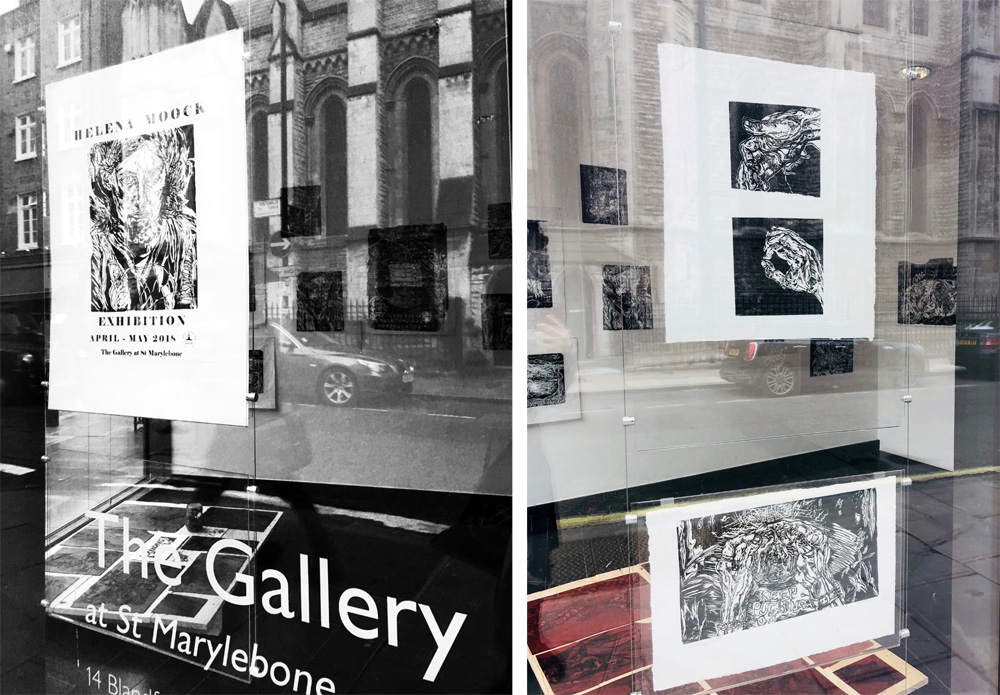
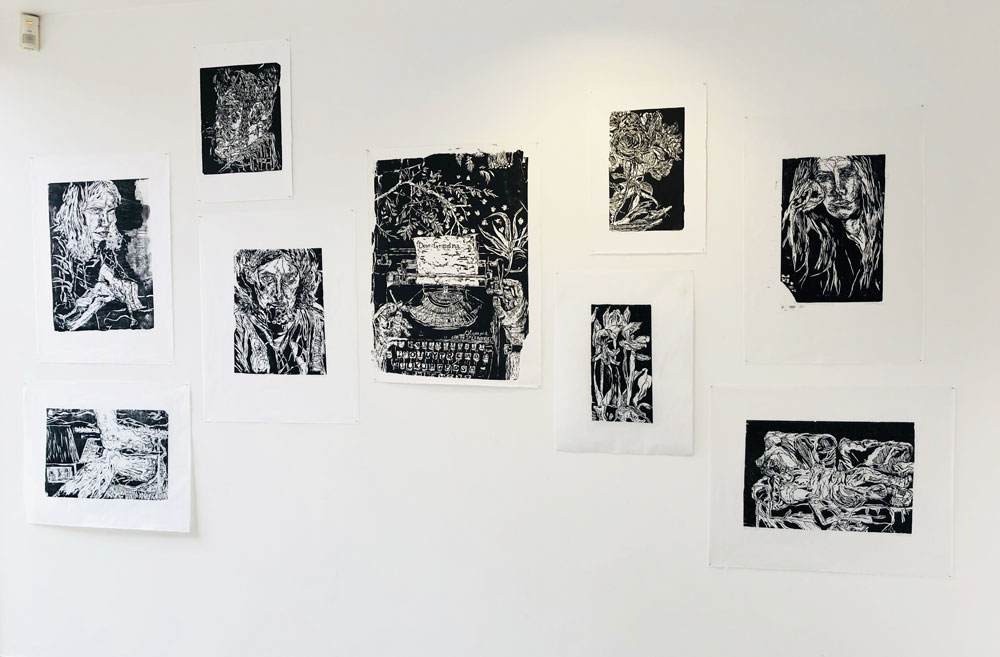
Secondly, we wanted to get involved in more opportunities with gallery spaces and education centres. Here we were invited to join a workshop with an Artist in Residence in preparation for a weekend event at the Tate Modern. Our students took part by making text art in workshops, then spoke at the Tate to members of the public and delegates about their artwork.
From there, the school took part in another exhibition at the Freelands Foundation’s gallery space, and so on, and so on...
When I think about raising the profile, I think about how I want the department to feel for the students. I want them to know that their work will be exhibited, I want them to understand that their efforts and creativity will be celebrated. I want them to feel the vibrancy of a busy department with enrichment opportunities and trips to see artists or artworks. It is the grasping of opportunities or approaching galleries and institutions about linking projects that creates a vibrancy around the department. Some students can start to imagine themselves in creative careers, taking art further in their own education as well as getting a broad and balanced experience of art and its many guises.
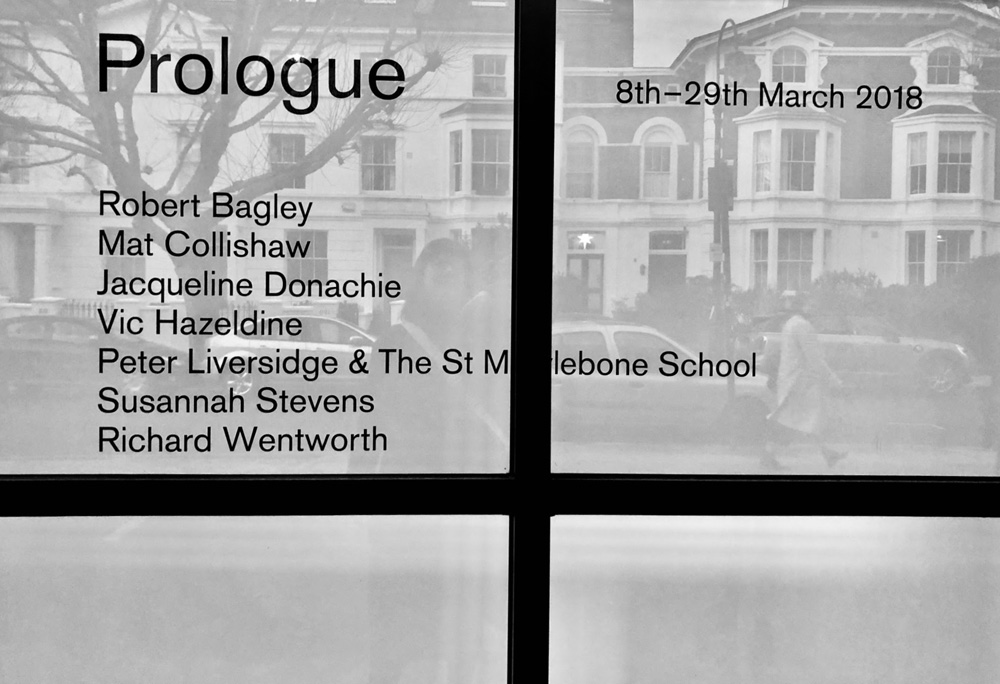
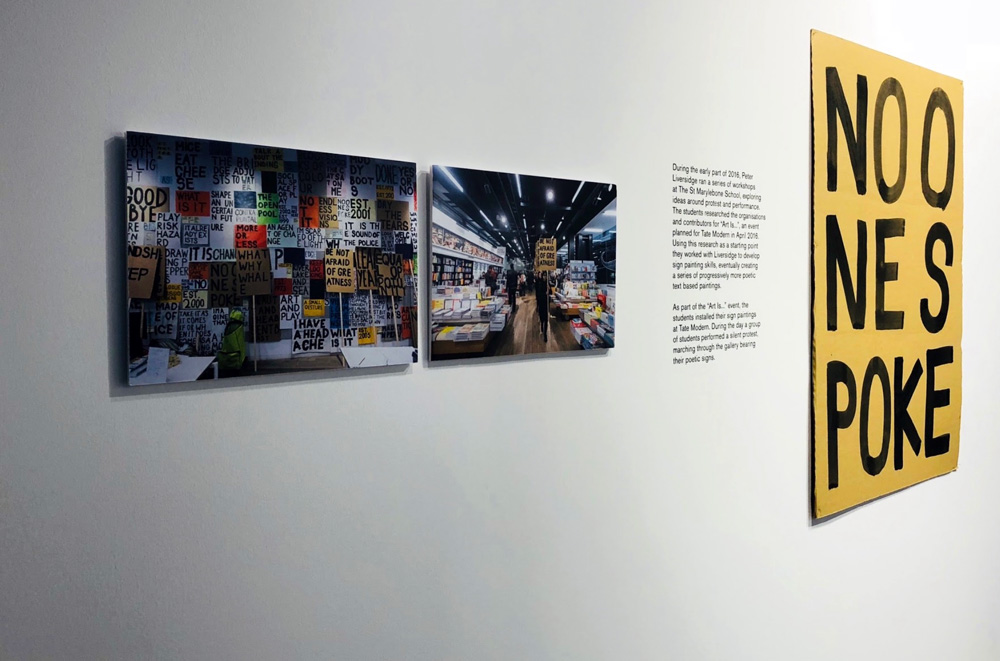
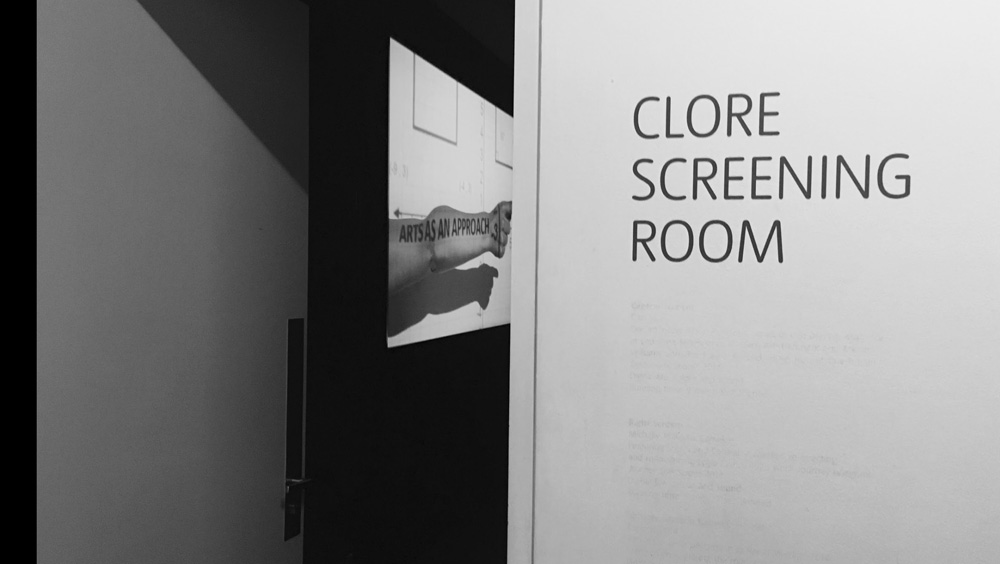
This is a sample of a resource created by UK Charity AccessArt. We have over 1500 resources to help develop and inspire your creative thinking, practice and teaching.
AccessArt welcomes artists, educators, teachers and parents both in the UK and overseas.
We believe everyone has the right to be creative and by working together and sharing ideas we can enable everyone to reach their creative potential.









